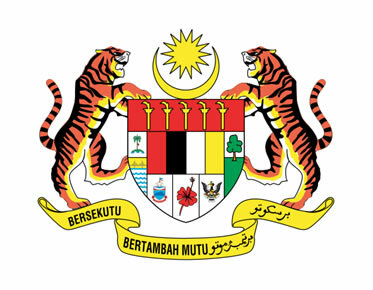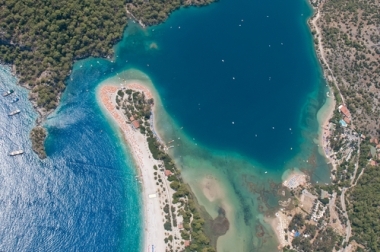Located in Southeast Asia, Malaysia has the territory divided into two major areas: the southern mainland part of Peninsular Malaysia and adjacent islands, and one in the north of the island of Borneo. The country's climate is hot and humid and its territory is covered by tropical forests.
The country showed great economic development during the 1990s. This process was driven by intense industrialization, a fact that made the country stand out on the world stage, being considered one of the New Asian Tigers.
Malaysia is currently the world's largest producer of rubber and tin. The country is a major producer of oil, gas and latex. Its natural resources are exploited by national and Japanese companies. In the 1990s, the economy was modernized, with emphasis on the electronic components industry.
All this economic development provided the country with an increase in socioeconomic indicators. The Development Index is considered high: 0.744; illiteracy is in constant decline and currently affects only 8.1% of the population. The infant mortality rate is 9 deaths per thousand live births. A negative social aspect is the severe restrictions on freedom to organize and demonstrate.

Malaysia Coat of Arms
Do not stop now... There's more after the advertising ;)
Malaysia data:
Territorial extension: 329,749 km².
Location: Southeast Asia.
Capital: Kuala Lampur.
Climate: Equatorial.
Government: Parliamentary monarchy.
Administrative division: 13 states and 3 federal territories.
Languages: Malay (official), Chinese, Tamil, Iban.
Religion: Islam 45.8%, Chinese folk beliefs 24.5%, Christianity 9.4%, Hinduism 7.3%, Buddhism 6.8%, traditional beliefs 3.6%, other 2%, no religion and atheism 0 .6%.
Population: 27,467,837 inhabitants. (Men: 13,946,639; Women: 13,521,198).
Composition: Malay 59%, Chinese 32%, Indian 9%.
Demographic density: 83.2 inhab/km².
Average annual population growth rate: 1.7%.
Population residing in urban areas: 71.34%.
Population residing in rural areas: 28.66%.
Undernourished population: less than 5%.
Life expectancy at birth: 73.9 years.
Households with access to clean water: 99%.
Households with access to a health network: 94%.
Human Development Index (HDI): 0.744.
Currency: Ringgit.
Gross Domestic Product (GDP): 194.9 billion dollars.
GDP per capita: 7,027 dollars.
External relations: Apec, Asean, World Bank, Commonwealth, IMF, WTO, UN.
By Wagner de Cerqueira and Francisco
Graduated in Geography
Brazil School Team
countries - geography - Brazil School
Would you like to reference this text in a school or academic work? Look:
FRANCISCO, Wagner de Cerqueira and. "Malaysia"; Brazil School. Available in: https://brasilescola.uol.com.br/geografia/malasia.htm. Accessed on June 27, 2021.



